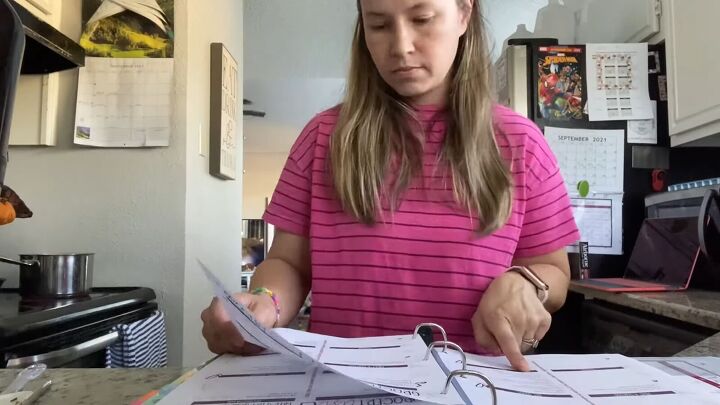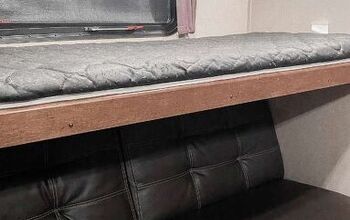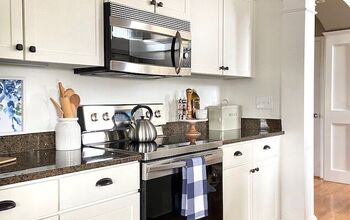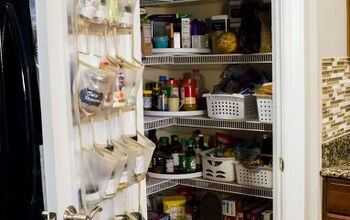Frugal Meal Planner: How to Plan Meals & Reduce Your Food Budget

I'm Shannon from Making Frugal Fun, and today I want to give you a quick but thorough walkthrough of how I created my frugal meal planner. Planning your meals in advance and eating at home is the best way to reduce your food budget each month.
It can be hard to plan and cook a brand-new meal every night, especially when you’re trying to think of something to do at the last minute. That's where the meal planner comes in.
Simplify Recommends!
I broke my meal planner up into four quarterly meal plans with 48 recipes in total. I also made sure to utilize leftovers to prevent cooking fatigue and burnout. I recommend you do the same because preventing burnout will make it more likely that you'll stick to the plan and not order takeout.
Create and print out all of the details of your meal plan to help you with your planning and budgeting. I recommend putting all the pages of your meal plan inside sheet protectors and then using a binder to keep everything together.
The more organized and put together your meal plan is, the more seriously you will take it. It may seem silly, but the more time and energy you put into making your meal planner look nice and organized, the more likely you are to stick to it.
My meal plan is a total of 130 pages. These pages include the calendar, meal plan, grocery lists for the week, and recipes. It’s helpful to organize your binder in sections. You can keep all of the recipes for one quarter in one section, and grocery lists in another section, making everything easily accessible when you need it.
My meal planner also includes a kitchen conversion chart, freezer and pantry organization, cash envelopes, and other fun extras. I also included divider pages to add recipes that I might want to try in the future.
Making the meal planner interactive like this helps assure that I will keep going back to it and finding new ways to get inspired to stay on track.
If you look at my meal plan calendar for the first quarter, you can see how it works. I have myself cooking on Sunday, Tuesday, and Thursday. Then I have us eating leftovers Monday, Wednesday, and Friday.
Plan your cook days and leftover days according to what makes the most sense for you. If you know the kids have a busy sports or activity schedule on Tuesday night, you might want to shift the plan over a day in order to make that a leftover night.
I've also included a flex day on Saturdays. This way if you end up going to a birthday party, a church dinner, or a friend's house for dinner and you didn't eat your leftovers, you can move them to that day. This will help prevent food waste.
You can also use your flex day as the one night a week that you go out. Or you could use it for frozen pizza night or something fun like that. Sometimes simple is better.
My meal plan repeats the month for three months, and then I head over to the second quarter where there are new recipes and meals. If three months is too much repetition for your family, you might try going all the way through all four quarters and then start out at the beginning in the middle of the year.
There are advantages to sticking with the same meal plan for three months if you can. I like to rotate my meal plan for three months at a time because I get used to the recipes. I start to kind of memorize them, making it even easier for me to get dinner on the table fast.
It helps when I'm not having to constantly refer back to the recipe. I already know that we have most of the ingredients on hand, so it makes creating the grocery list pretty fast and easy. We can also buy in bulk at the beginning of a quarter and make sure we use everything up, which also helps us save money.
Another great thing about having a well-mapped-out meal plan is it helps me keep track of when to get discounted items.
When I'm strolling past the clearance section in the grocery store and I see meat that is marked down, if I know I'm going to be using it in the next few weeks, I can grab it at a huge discount and pop it in the freezer until we need it. This is another great way meal planning will help you save money.
I hope this helps you understand how to set up a meal planner. While creating a meal planner seems like a lot of work, it will save you so much time and energy throughout the year.
When you don’t have things planned out ahead of time you end up feeling stressed and pressured each night to pull something together. That stress will make you more susceptible to giving up and ordering in.
Sticking to a budget and eating at home is so much easier when you have everything mapped out for you. Take inspiration from my meal planner and make the appropriate changes for you and your family. Meal planning will make your shopping and cooking so much easier.
Frugal meal planner
Do you meal plan? If you have methods to share that work for you, or if you have questions, drop a comment in the comment section. Thanks for reading, and have a great day.






















Comments
Join the conversation
I have an app that when I find a recipe I like, I can download it to the app. I can download recipes and then put it in the meal planner, it also has a grocery list where you can keep track of what you need to buy, and order it for you. I find out it’s a great way to save money because there’s no impulse buy.
Hi Shannon,
Thanks for including this detailed guide on your frugal meal planner! There's some upfront work involved in keeping on top of using the binder, but it's well worth it. It's shocking how much spending money on takeout can impact someone's budget in the long run.
As long as you set aside some time to meal plan and look through the binder, you will save money while avoiding cooking burnout!
Personally, I like to set aside one day a week to treat myself to takeout so I don't get burnt out from cooking every day or eating leftovers.
Jani, Frugal Fun Finance